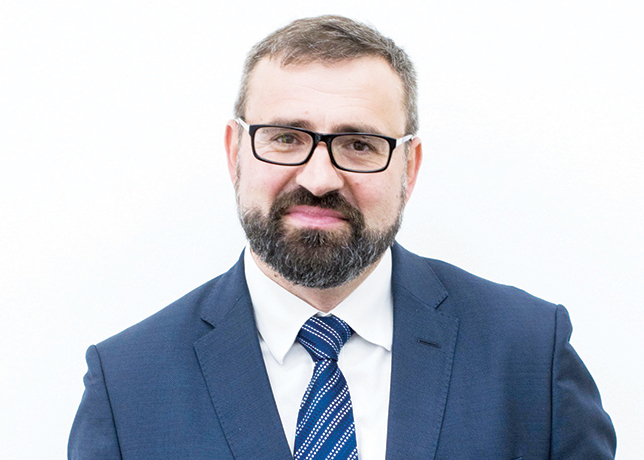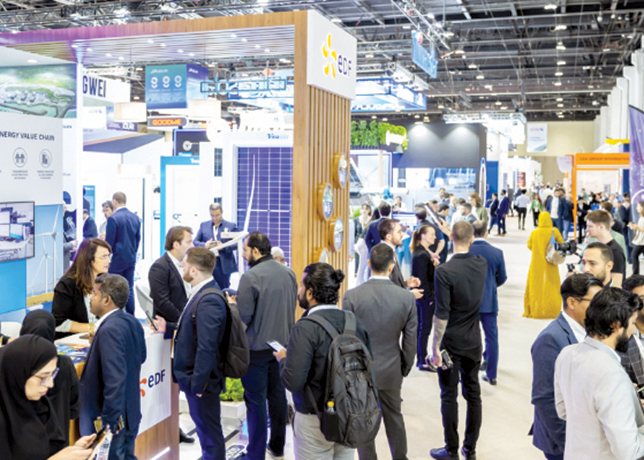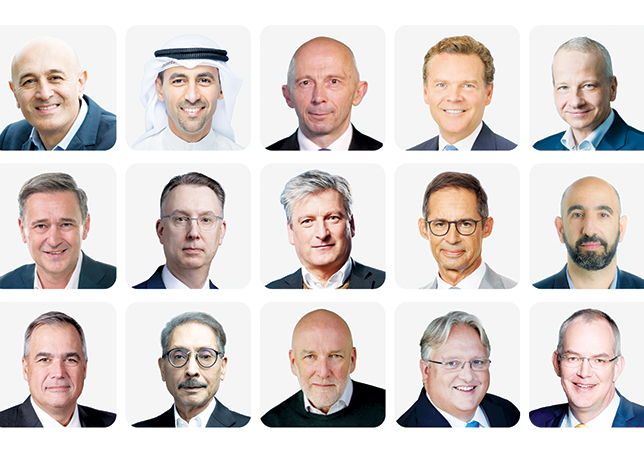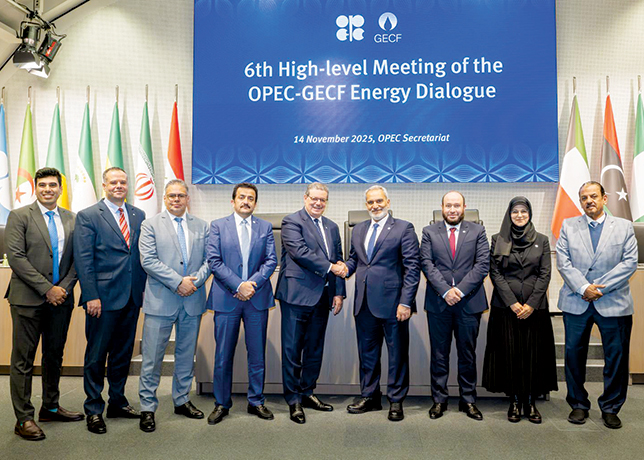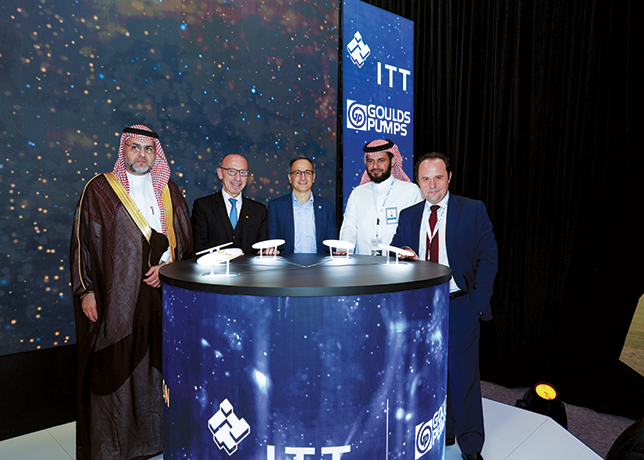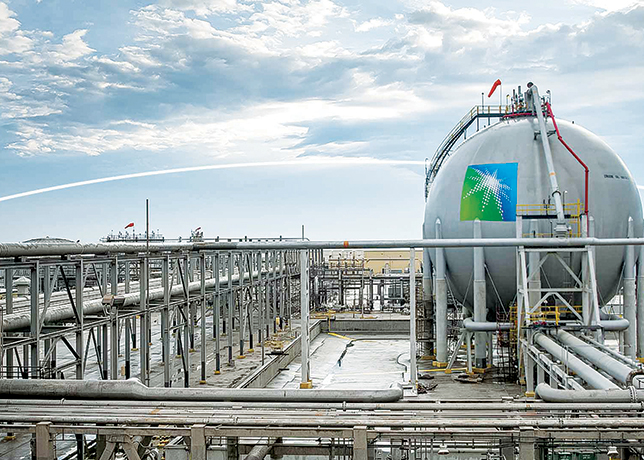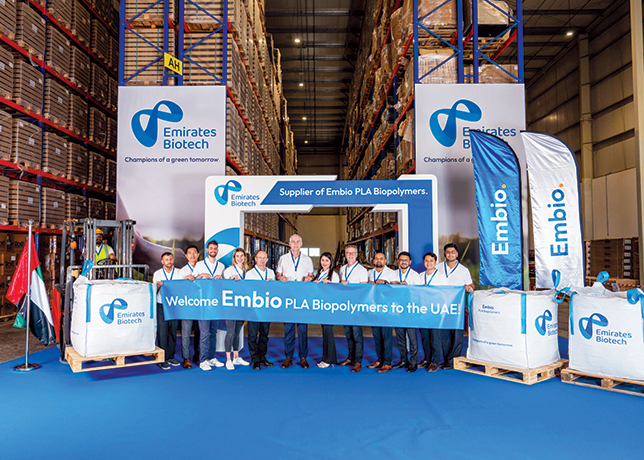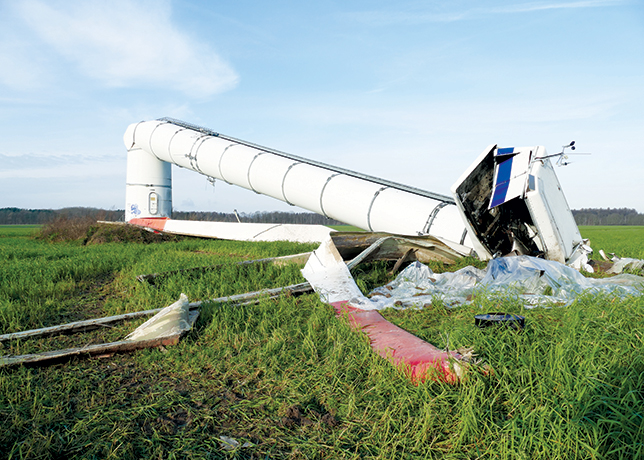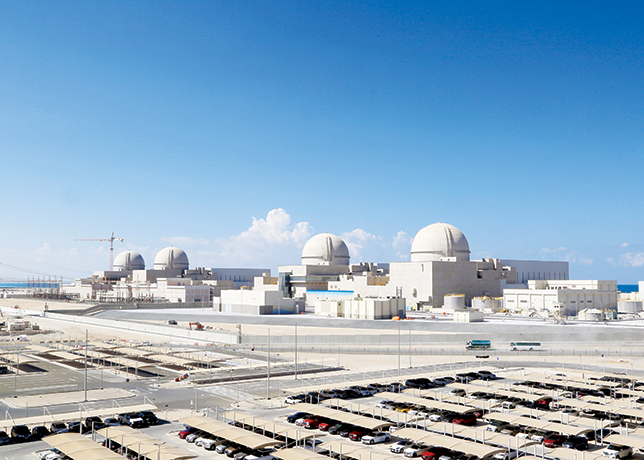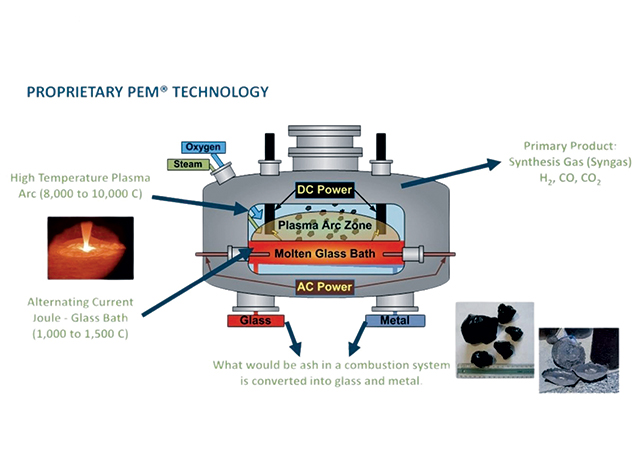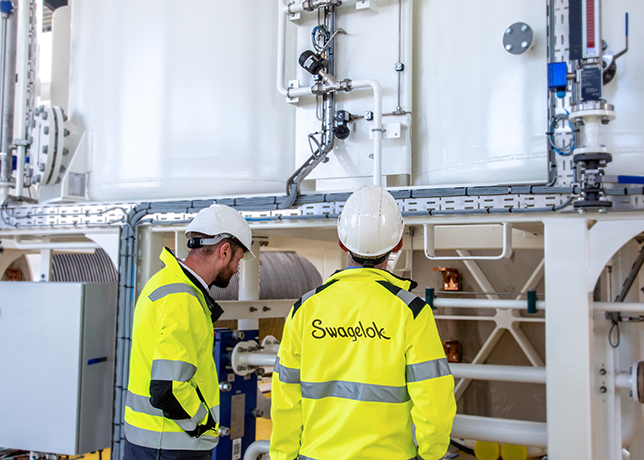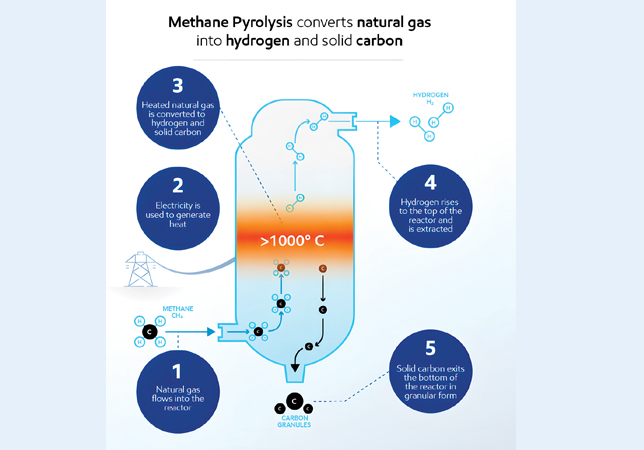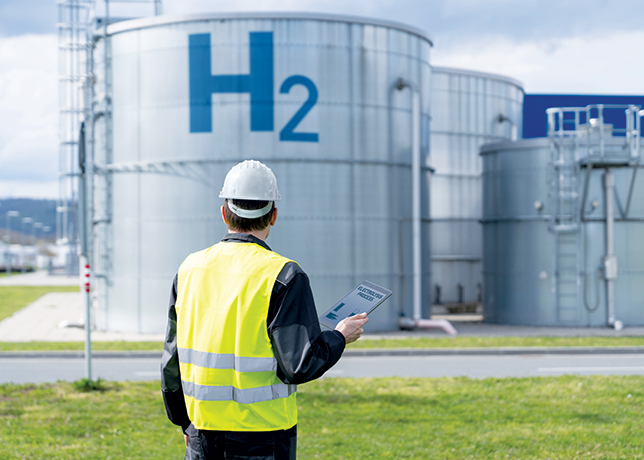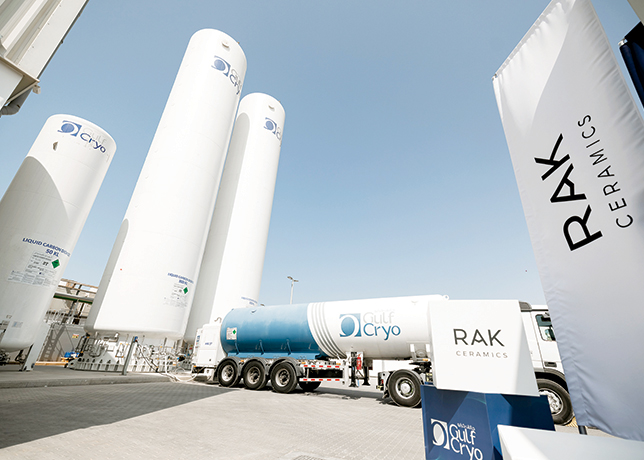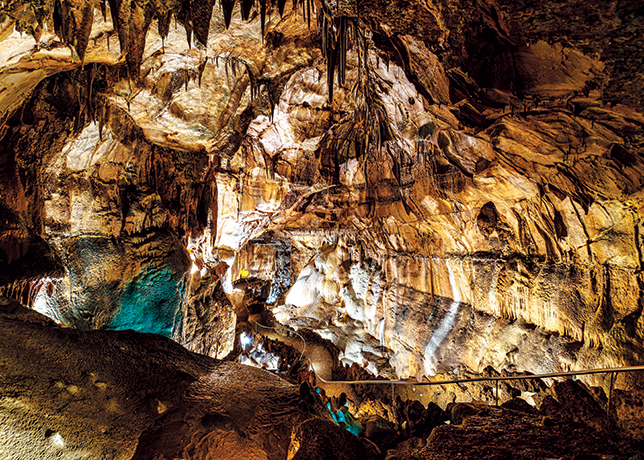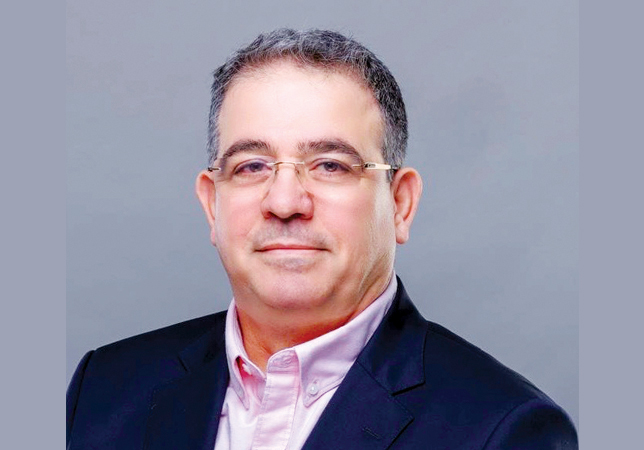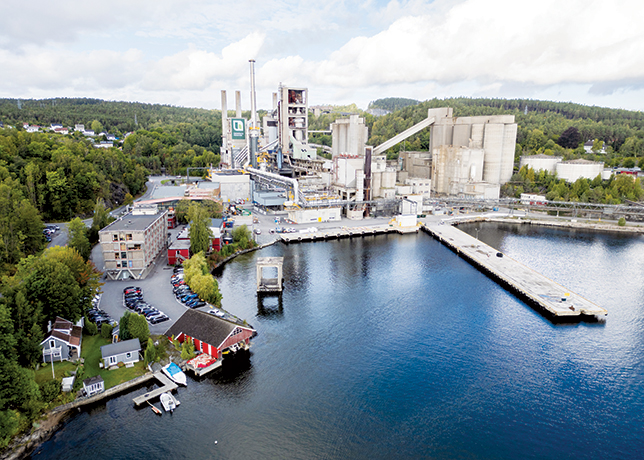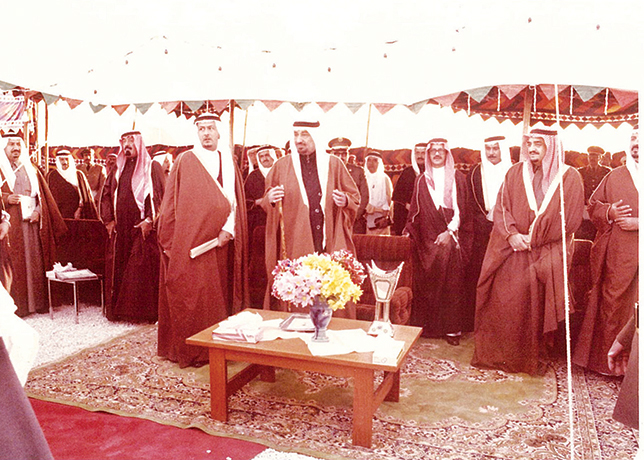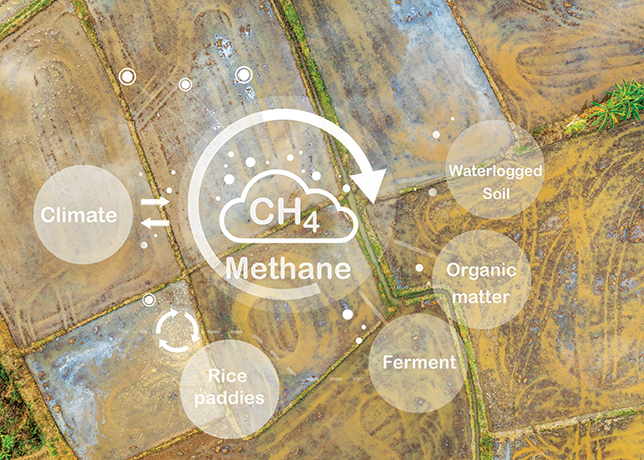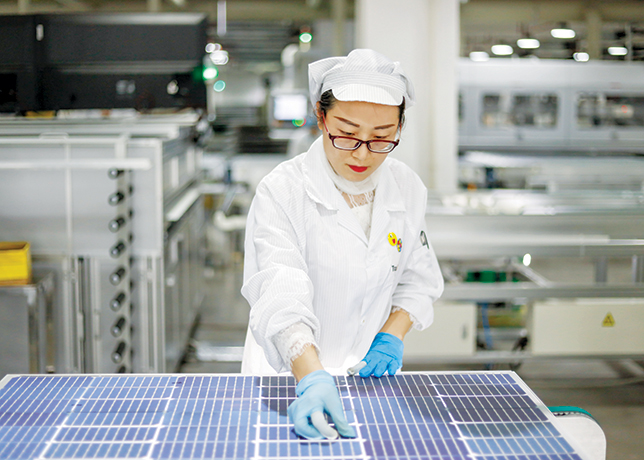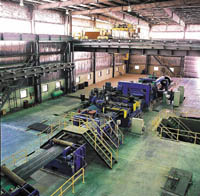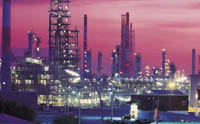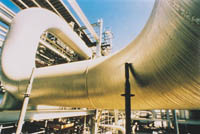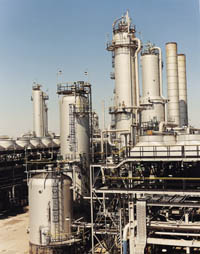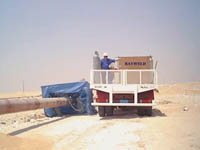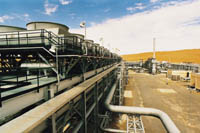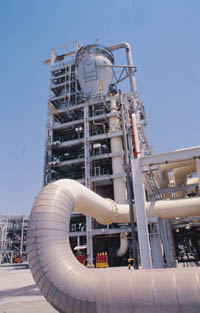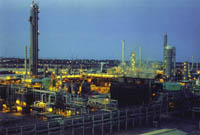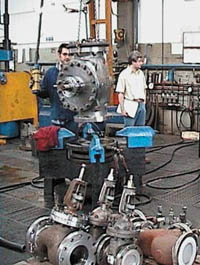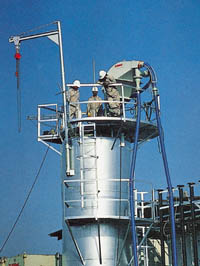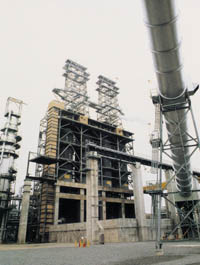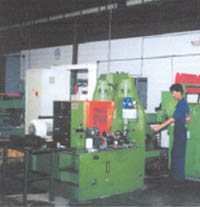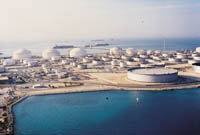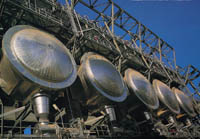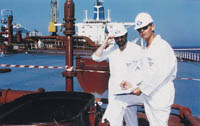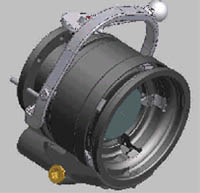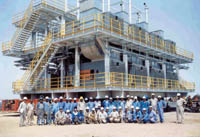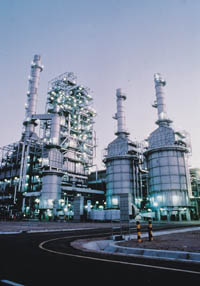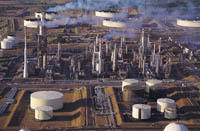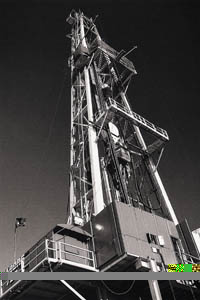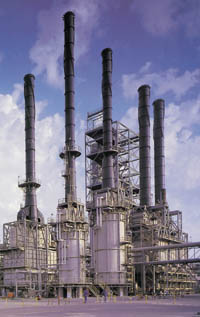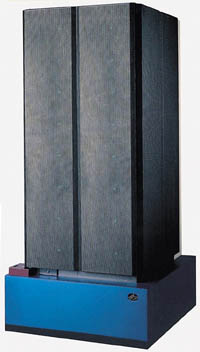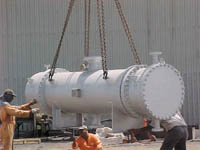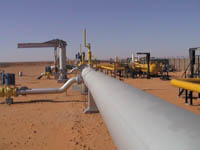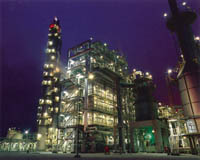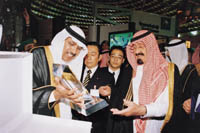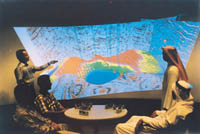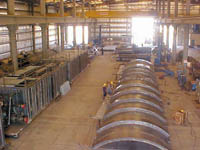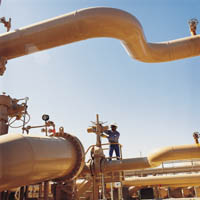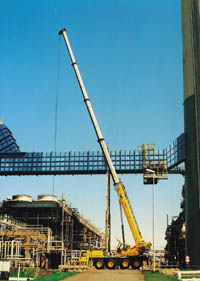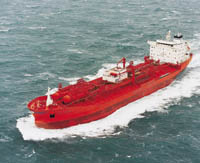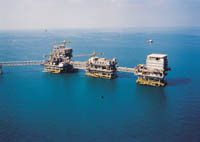
 Saudi Aramco has turned away from metal piping in its battle against the elements
Saudi Aramco has turned away from metal piping in its battle against the elements
SAUDI ARAMCO continues to implement efficient and innovative corrosion control methods to maintain operational excellence and meet growing global competition.
Effective corrosion control can save Saudi Arabia, and Saudi Aramco in particular, huge amounts of money in potentially lost natural resources.
In its ongoing battle against corrosion in the harsh environmental conditions prevalent in the Kingdom, Saudi Aramco has turned away from metals - which have been the staple material for the oil and gas industry - to hi-tech non-metallic materials.
In particular, the company is installing phenolic gratings on offshore structures because of their superior corrosion resistance, strength-to-weight ratio and fire resistance.
Officials have said that the company should further promote the use of non-metallic materials and adapt them to its needs.
In this respect, Saudi Aramco has been testing two types of non-metallic piping for oil industry application, according to the company.
Reinforced thermoplastic pipe and steel strip laminate pipe - the latter making its world debut - were recently introduced in Central Arabia, it said.
Saudi Aramco has improved engineering capabilities in risk-based assessment and fitness-for-service determinations, and uses new technologies which allow the company to reduce the probability and consequences of certain equipment failures and focus assessments more intensively on higher risk areas.
To demonstrate further the company's commitment to the fight against corrosion, Saudi Aramco will complete 21,000 sq m of additional laboratory and administrative facilities in 2005 at its Dhahran Research & Development Center (R&DC) to house state-of-the-art corrosion testing facilities, including high pressure circulating loops to simulate field conditions.
The first phase of the R&DC was completed earlier this year.
Regional industry officials have called for the establishment of a Regional Corrosion Center in the Gulf.
Research and cooperation are seen as essential in meeting corrosion challenges and such a centre would, they say, focus corrosion research and technology, disseminate information and education, and provide much-needed synergy for all efforts.










